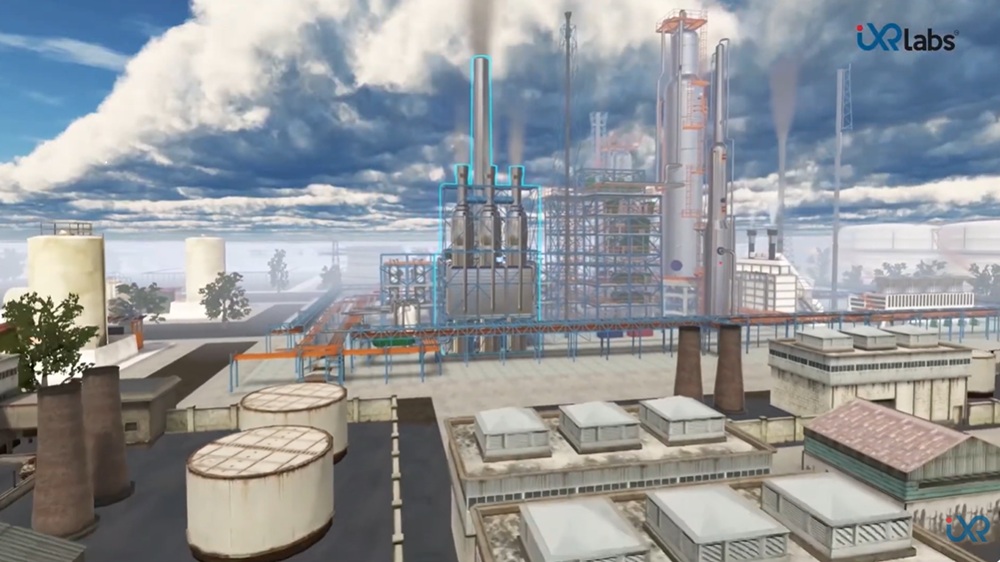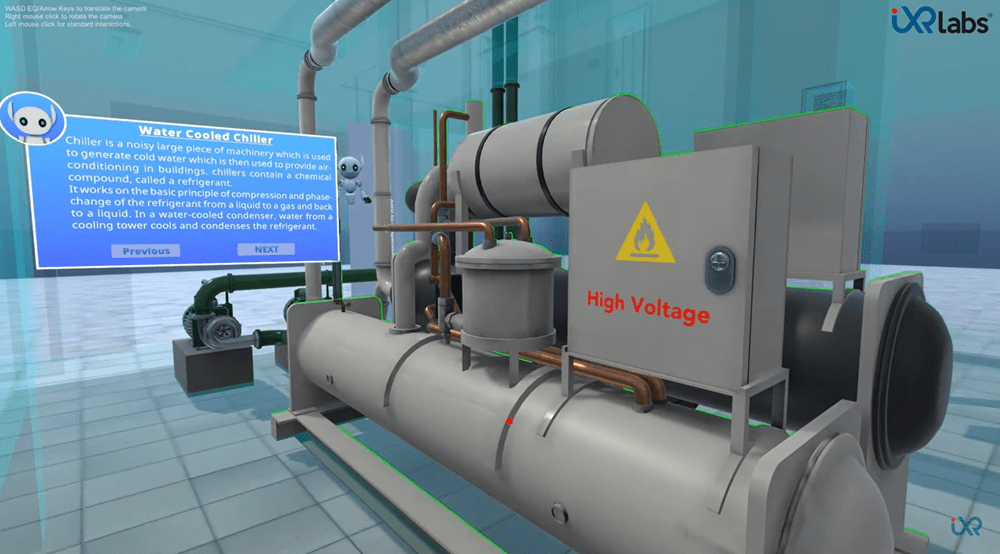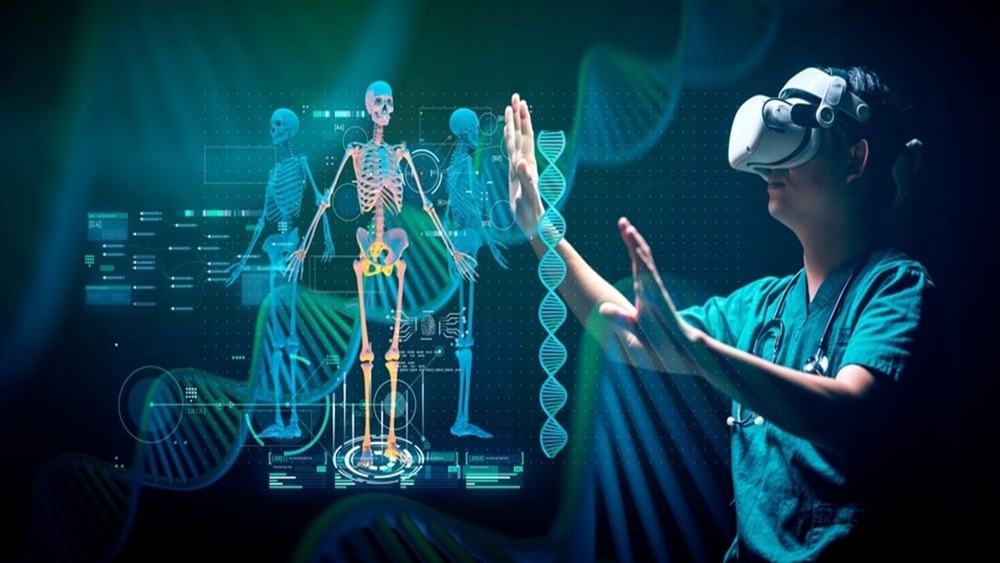How Medical and Engineering Colleges Are Making Use of VR in Classrooms
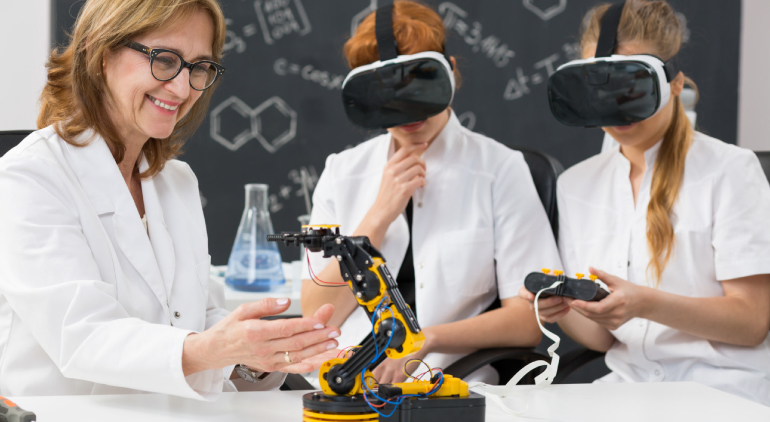
Virtual Reality or VR is a computer technology that simulates various different environments and provides an immersive experience to the user. This revolutionary technology has been amongst us for a couple of decades now and has slowly begun to dominate all fields and disciplines.
However, VR technology has been most used in the entertainment sector which leads parents to build on the myth, that it may be too distracting for educational purposes.
However, every educational field has begun merging their respective field with VR technology and have only seen positive results and expect more positive results with time and experience. The right use of VR is a sure way to better and faster learning!
However, besides being a permanent useful fixture to basic education, VR in college classrooms and other higher educational institutes is showing much promise.
While younger students (children in elementary school and middle school) can be captivated easily by the gamification features of VR, high school students and students pursuing higher education in colleges and universities can also avail help from this technology. Complicated fields such as medicine and engineering have also seen progress in learning through VR implementation to teaching methods.
Unique Immersive Technology
VR technology, so far, is one of a kind. Along with Augmented Reality (AR) and Mixed Reality (MR), VR is the third and most intense immersive technology.
This is one of the biggest reasons for its undeniable success in the entertainment sector and now, retail sector. When it comes to higher education, immersive experiences in education can yield better overall results.
Both fields of engineering and medicine include a myriad of complicated concepts and require students to process and learn a lot of data in a short span of four years.
How does VR technology help though? With VR in the college classrooms, the traditional method of lecturing (during which students tend to lose focus and as a result, lose grades) will compliment the captivating simulations. Hence, students can learn the mechanisms of an air conditioner while being inside a simulated air conditioner!
It is these immersive experiences in education, that will also allow students to retain information for longer. Students would not be able to forget being inside an air conditioner, and hence, would automatically retain parts of the lecture provided along with it.
The “Complex” Becomes “Simple”
VR is of course, not magic (per se). However, the visuals can make it seem like it is pretty close to magic. Students pursuing medical and engineering go through an abundance of dense concepts, as aforementioned.
Hence, it is important to question whether or not students are simply captivated and remembering or whether they are actually understanding.
While traditional teaching in colleges have come a long way, they are still heavily dependent on lectures and 2D diagrams. There may be a video once in a while, that helps clarify things.
However, engineering and medicine disciplines need practical teaching as they are practical subjects. A medical student can only receive limited information from a 2D diagram. With VR in medical education, VR based applications like HoloAnatomy and 3DOrganon, can help medical students visualise organs and their functioning in depth .
They can even dissect and enlarge parts of the human anatomy and study it closely and in all the excruciating details explained in their textbooks. Hence, the immersive technology supports comprehension in detail as much as it supports remembering.
"Discover how cutting-edge VR technology is revolutionizing medical and engineering education, offering immersive, hands-on learning experiences that prepare students for real-world challenges—click here to explore the future of classroom innovation!"
Training and Labs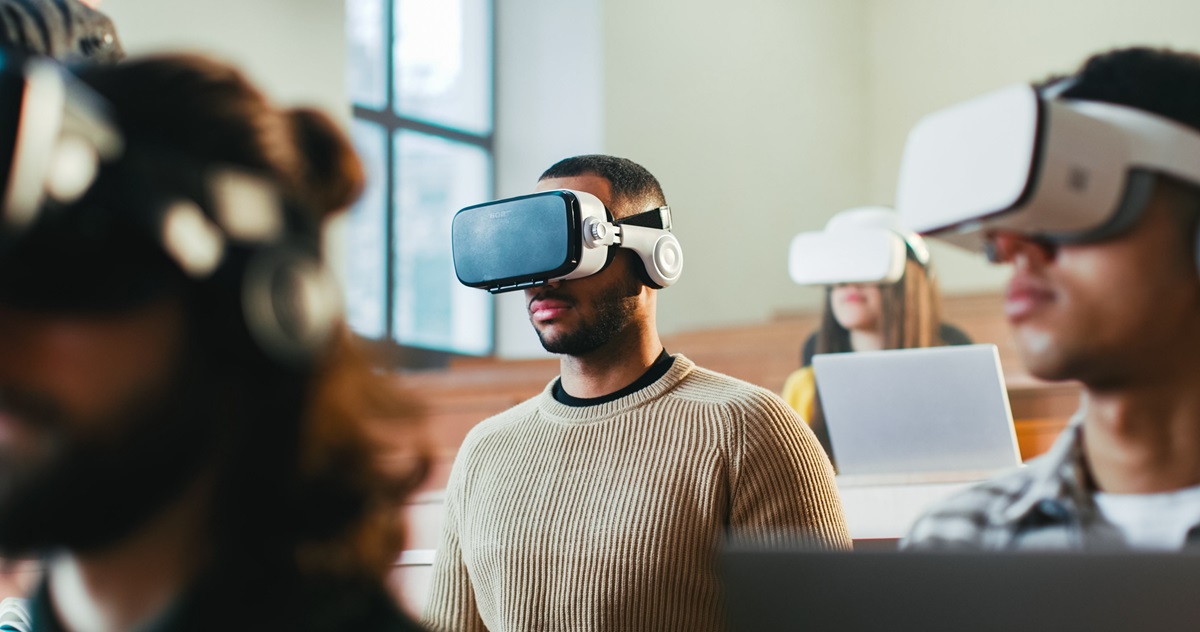
VR labs for engineering and medical colleges are exceptionally beneficial for experimentation and research purposes. Training in the field of engineering, can often be risky and equipment can be expensive.
In the medical field, training equipment also bears hefty expenses along with many ethically questionable resources. Both engineering and medical students in colleges, need to be trained in their respective disciplines in order to achieve excellence.
Yet, in real life, colleges find it challenging to provide funding for updated and state of the art laboratory equipment.
With VR in college classrooms, both of these dilemmas can be handled efficiently. There are numerous applications available for students to use that specifically target training expertise.
Engineering students can design, create, and test prototypes virtually and safely, while medical students can be present in a simulated surgery for practice! Most of such VR applications also give an overall score based on the students’ performance which motivates students to perform more accurately to increase their score to perfection.
Similarly, VR labs provide virtual simulations of laboratories which are completely equipment. VR labs like Labster have extremely advanced technology and allow group collaborations virtually as well. In such virtual laboratories, time, space, and finances do not cause experimentation and research to come to a sudden unwarranted halt!
Today, if we enter a VR labs for college classroom, we will see rows of tables and chairs with technology like microphones and projectors. However, soon, college classrooms will only have VR headsets!
The transition from the technology we see today, to a world filled with such immersive computer technology is bound to happen. Hence, it is up to us that we take complete advantage of such a technology as the education sector is now taking!


